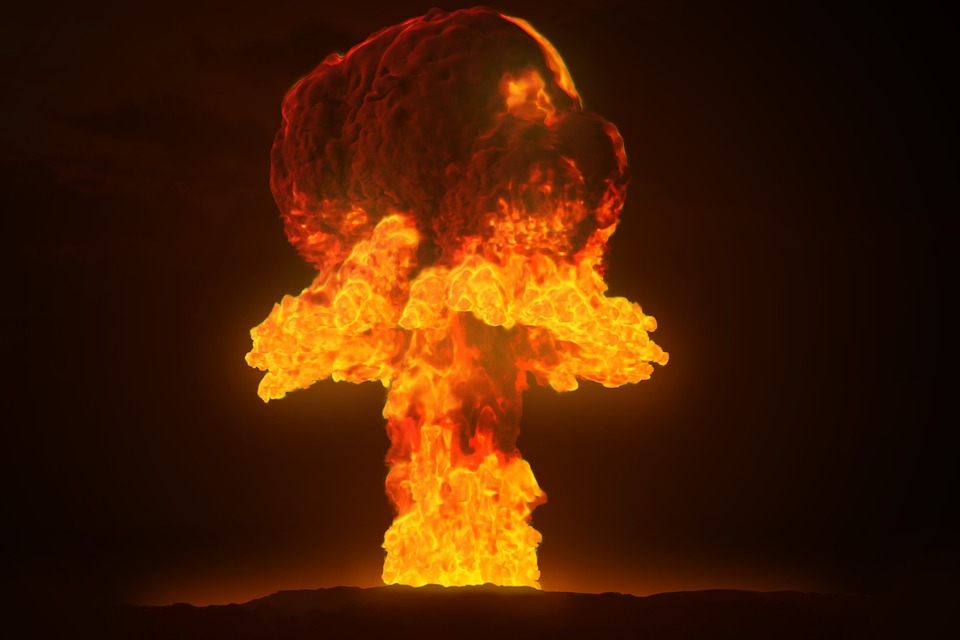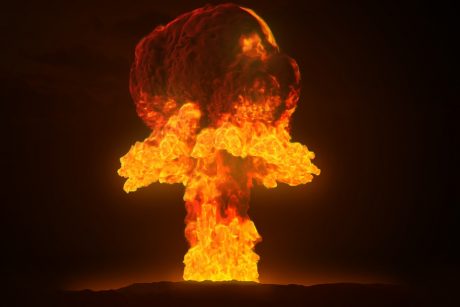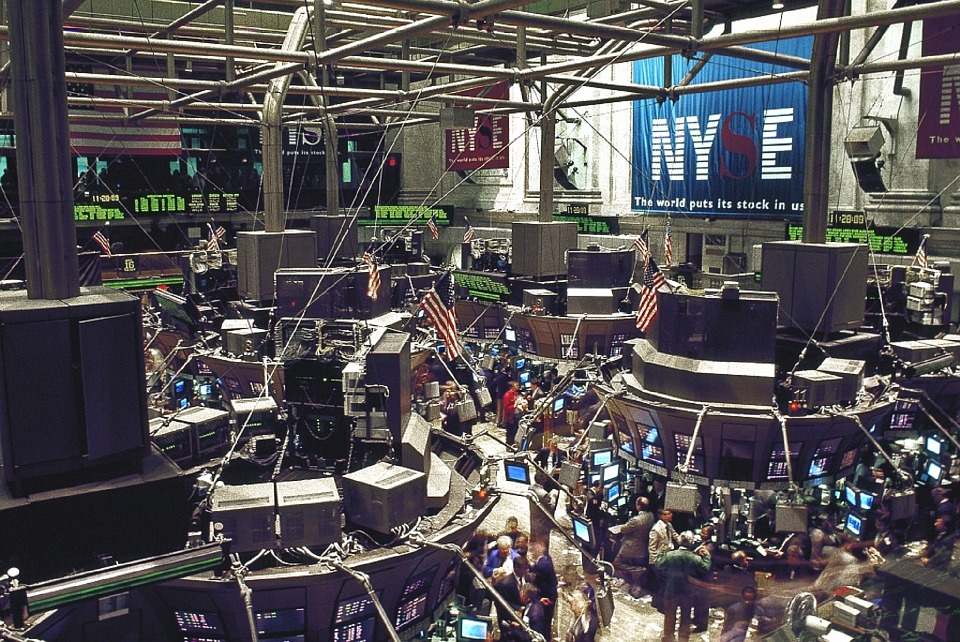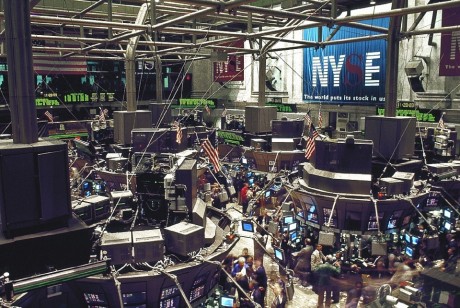 If a former Reagan administration official is correct, we are likely to see the next major financial collapse by the end of 2017. According to Wikipedia, David Stockman “is an author, former businessman and U.S. politician who served as a Republican U.S. Representative from the state of Michigan (1977–1981) and as the Director of the Office of Management and Budget (1981–1985) under President Ronald Reagan.” He has been frequently interviewed by mainstream news outlets such as CNBC, Bloomberg and PBS, and he is a highly respected voice in the financial community. Like other analysts, Stockman believes that the U.S. economy is in dire shape, and he told Greg Hunter during a recent interview that he is convinced that the S&P 500 could soon crash “by 40% or even more”…
If a former Reagan administration official is correct, we are likely to see the next major financial collapse by the end of 2017. According to Wikipedia, David Stockman “is an author, former businessman and U.S. politician who served as a Republican U.S. Representative from the state of Michigan (1977–1981) and as the Director of the Office of Management and Budget (1981–1985) under President Ronald Reagan.” He has been frequently interviewed by mainstream news outlets such as CNBC, Bloomberg and PBS, and he is a highly respected voice in the financial community. Like other analysts, Stockman believes that the U.S. economy is in dire shape, and he told Greg Hunter during a recent interview that he is convinced that the S&P 500 could soon crash “by 40% or even more”…
The market is pricing itself for perfection for all of eternity. This is crazy. . . . I think the market could easily drop to 1,600 or 1,300. It could drop by 40% or even more once the fantasy ends. When the government shows its true colors, that it’s headed for a fiscal blood bath when this crazy notion that there is going to be some Trump fiscal stimulus is put to rest once and for all. I mean it’s not going to happen. They can’t pass a tax cut that big without a budget resolution that incorporated $10 trillion or $15 trillion in debt over the next decade. It’s just not going to pass Congress. . . . I think this is the greatest sucker’s rally we have ever seen.”
But even more alarming is what Stockman had to say about the potential timing of such a financial crash. According to Stockman, if he were to pick a time for the next major stock market plunge he would “target sometime between August and November”…
The S&P 500 is going to drop by hundreds and hundreds of points sometime over the next few months as we drift into this unexpected crisis. . . . I would target sometime between August and November because that’s when the rubber is going to meet the road on a debt ceiling increase when they are out of cash. Washington is going to end up in vicious political conflict over what to do about the debt ceiling. . . . It is going to be one giant fiscal bloodbath the likes of which we have never seen.
That really got my attention, because those are the exact months during which the events that I portrayed in The Beginning Of The End play out.
Without a doubt, the U.S. financial system is living on borrowed time, and we cannot keep going into so much debt indefinitely. In 2017, interest on the national debt will be more than half a trillion dollars for the first time ever, and it will be even higher next year because we are likely to add at least another trillion dollars to the debt during this fiscal year.
Meanwhile, the financial markets just keep becoming more absurd with each passing day.
Just look at Tesla. This is a company that somehow managed to lose 620 million dollars during the first quarter of 2017, and it has been consistently losing hundreds of millions of dollars quarter after quarter.
And yet somehow the market values Tesla at a staggering 48 billion dollars.
It is almost as if we are living in an “opposite world” where the more money you lose the more valuable investors think that you are. Companies like Tesla, Netflix and Twitter are burning through gigantic mountains of investor cash without ever making a profit, and nobody seems to care.
Commercial mortgage-backed securities are another red flag that is starting to get a lot of attention…
The percentage of commercial mortgage-backed security (MBS) loans in special servicing hit 6.6% to close April, Commercial Mortgage Alert reported, citing Trepp data. The five basis point move higher from March came as the past-due rate on Fitch-rated commercial mortgage-backed securities (CMBS) climbed by nine basis points to end April at to 3.5%.
Both MBS and CMBS rates hit their highest levels since 2015.
During the crisis of 2008, regular mortgage-backed securities played a major role, and this time around it looks like securities that are backed by commercial mortgages could cause quite a bit of havoc.
One of the reasons for this is because mall owners are having such tremendous difficulties. The number of retail store closings in 2017 is on pace to shatter the all-time record by more than 20 percent, and Bloomberg is projecting that about a billion square feet of retail space will eventually close or be used for another purpose.
So needless to say this is putting an enormous amount of strain on those that are trying to rent space to retailers, and a lot of their debts are starting to go bad.
In 2007 and early 2008, a lot of the analysts that were loudly warning about mortgage-backed securities, a major stock market crash and an imminent recession were being mocked. People kept asking them when “the crisis” was finally going to arrive, and leaders such as Federal Reserve Chairman Ben Bernanke confidently assured the public that the U.S. economy was not going to experience a recession.
But of course then we got to the fall of 2008 and all hell broke loose. Investors suddenly lost trillions of dollars, millions of jobs were lost, and the U.S. economy plunged into the worst recession since the Great Depression of the 1930s.
Now we stand poised on the brink of an even worse disaster. The U.S. national debt has almost doubled since the last crisis, corporate debt has more than doubled, and all of our long-term economic fundamentals have continued to deteriorate.
The only thing that has saved us is our ability to go into enormous amounts of debt, and once that debt bubble finally bursts it will be the biggest standard of living adjustment that Americans have ever seen.
So I don’t know if Stockman’s timing will be 100% accurate or not, but that is not what is important.
What is important is that decades of exceedingly foolish decisions have made the greatest economic crisis in American history inevitable, and when it fully erupts the pain is going to be absolutely off the charts.

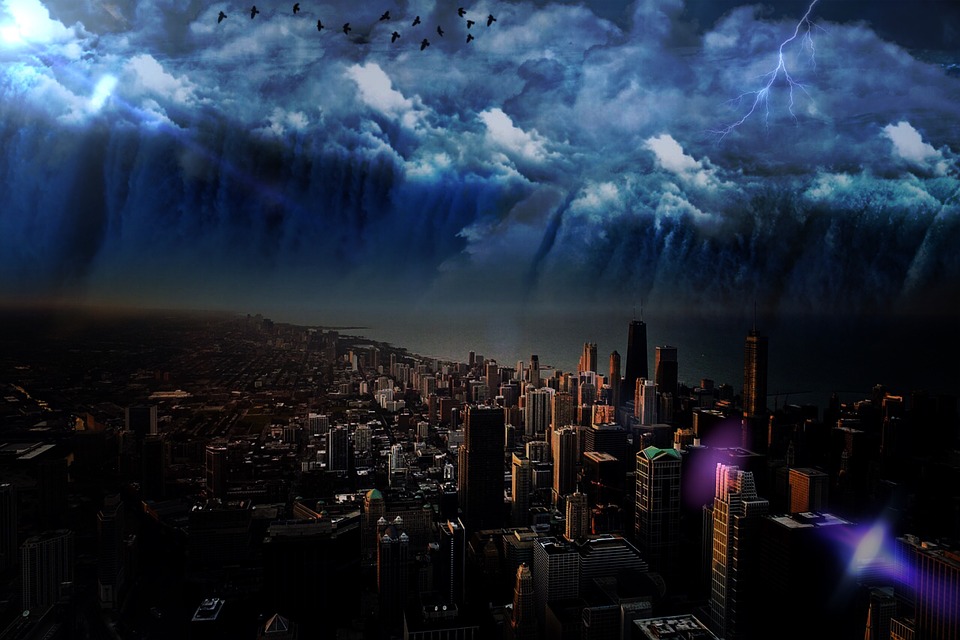
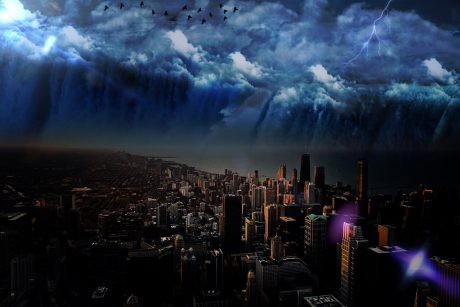
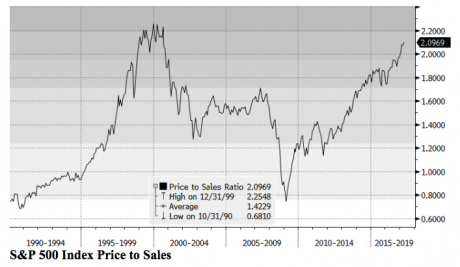
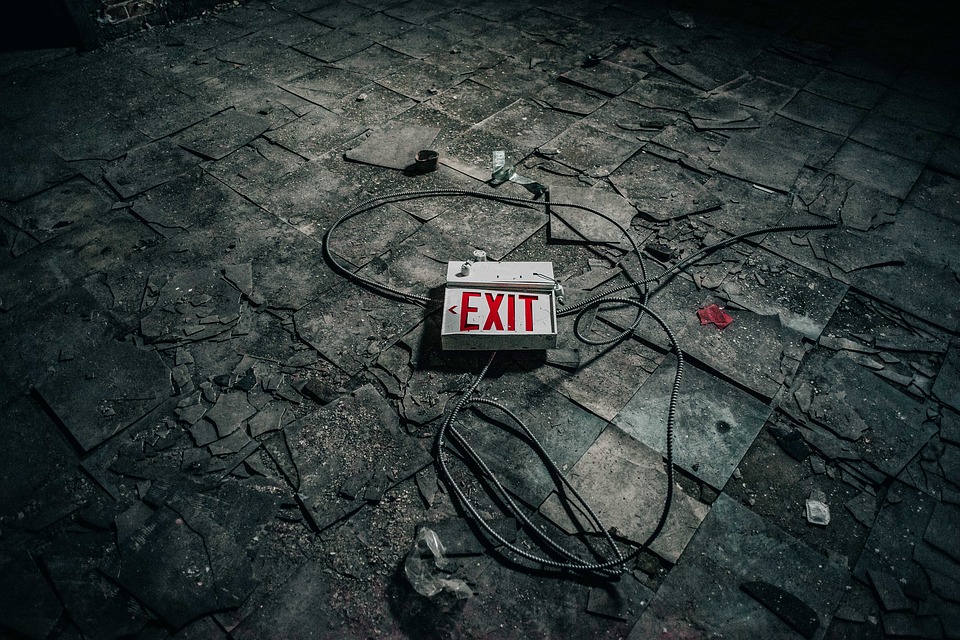
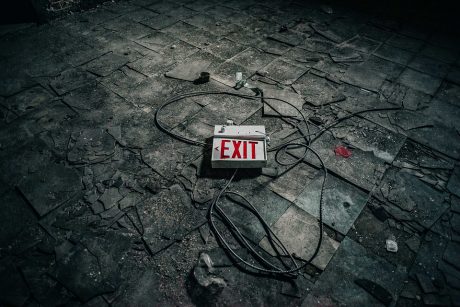

 S&P 500 tech stocks have now fallen for 9 days in a row. The last time tech stocks declined for so many days in a row was in 2012, and that was the only other time in history when we have seen such a long losing streak. As I have stated
S&P 500 tech stocks have now fallen for 9 days in a row. The last time tech stocks declined for so many days in a row was in 2012, and that was the only other time in history when we have seen such a long losing streak. As I have stated 